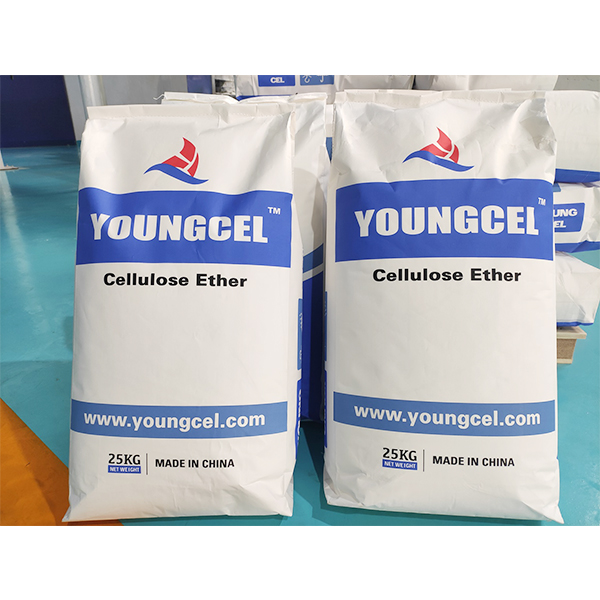Understanding HPMC Cellulose Properties, Applications, and Benefits
Hydroxypropyl methylcellulose (HPMC) is a cellulose ether, derived from cellulose, which is a natural polymer found in the cell walls of plants. HPMC has gained significant attention in various industries due to its unique properties and versatile applications. This article delves into the nature of HPMC cellulose, its chemical properties, applications across different sectors, and its benefits.
Chemical Composition and Properties
HPMC is produced by modifying cellulose through the introduction of hydroxypropyl and methyl groups. This modification enhances the solubility and functionality of cellulose, which is an inherently insoluble fiber. HPMC appears as a white to off-white powder, and it is free from discernible odor and taste.
The degree of substitution for methyl and hydroxypropyl groups determines the properties of HPMC, including solubility, viscosity, and thermal stability. It is soluble in cold water, forming a viscous gel, but is insoluble in organic solvents. The substance is stable at high temperatures and does not degrade easily, making it ideal for various applications.
Applications of HPMC
HPMC has a wide range of applications across various industries, such as food, pharmaceuticals, construction, and cosmetics.
1. Pharmaceuticals HPMC is widely utilized as a binder and film-forming agent in tablet formulations. Its ability to control the release of active ingredients makes it a popular choice for controlled-release drugs. Additionally, it acts as a thickener, stabilizer, and emulsifier in liquid formulations, enhancing the bioavailability of medicinal compounds.
2. Food Industry In the food sector, HPMC is employed as a thickener, emulsifier, and stabilizer in various products such as sauces, dressings, and baked goods. It improves texture, maintains moisture, and extends shelf life, making it a valuable ingredient in processed foods.
3. Construction HPMC is used in the construction industry as an additive for cement, mortar, and plaster. It enhances workability, improves water retention, and increases the adhesion of materials. Its ability to control viscosity and flow ensures uniform application, contributing to the overall quality of construction materials.
hpmc cellulose

4. Cosmetics In cosmetic formulations, HPMC serves as a thickening and film-forming agent. It helps create gels, creams, and lotions while providing stability and improving the application of products on the skin. The substance is also used in hair care products for its ability to condition and provide a smooth finish.
5. Personal Care Products HPMC is used in personal care formulations, such as shampoos and conditioners, where it helps in thickening the formulation while providing a pleasant texture.
Benefits of HPMC
The versatility and functionality of HPMC make it an attractive ingredient across multiple applications.
1. Safety and Non-Toxicity HPMC is regarded as safe for use in food and pharmaceutical products. It is non-toxic, biodegradable, and considered a suitable alternative to synthetic polymers in many applications.
2. Regulatory Approval HPMC has received approval from various regulatory bodies, including the U.S. Food and Drug Administration (FDA) and the European Food Safety Authority (EFSA), for use in food and pharmaceutical applications, validating its safety profile.
3. Customization Manufacturers can tailor HPMC to meet specific requirements by altering its chemical composition, which allows for greater customization in various applications, from viscosity to solubility.
4. Enhanced Performance HPMC enhances the performance of formulations, providing improved texture, stability, and functionality, ultimately leading to better end products.
Conclusion
HPMC cellulose is a multifaceted ingredient that plays a crucial role in numerous industries. Its ability to function as a thickener, binder, emulsifier, and stabilizer makes it indispensable in pharmaceuticals, food, construction, and cosmetics. As industries continue to evolve, the demand for safe and effective ingredients like HPMC will likely increase, underlining the importance of this remarkable cellulose derivative in modern applications. Whether it's enhancing the texture of a food product or improving the performance of a pharmaceutical formulation, HPMC cellulose is an integral part of innovation and quality in various sectors.
-
Rdp Powder: Key Considerations for Wholesalers in the Building Materials IndustryNewsJul.08,2025
-
Key Considerations for Wholesalers: Navigating the World of Hpmc - Based ProductsNewsJul.08,2025
-
Hpmc Detergent: Key Considerations for WholesalersNewsJul.08,2025
-
Key Considerations for Wholesalers: China Hpmc For Tile Adhesive, Coating Additives, Concrete Additives, and MoreNewsJul.08,2025
-
Crucial Considerations for Wholesalers: Navigating the World of Construction MaterialsNewsJul.08,2025
-
Key Considerations for Wholesalers Sourcing Additive For Cement, Additive For Concrete, Additive For Putty from Additive Manufacturer Shijiazhuang Gaocheng District Yongfeng Cellulose Co., Ltd.NewsJul.08,2025




